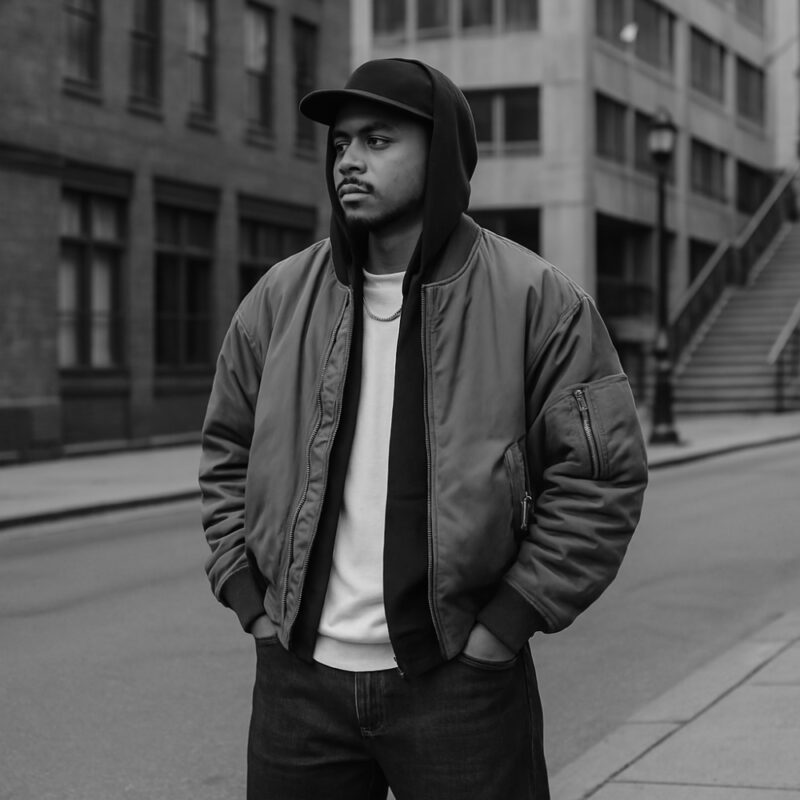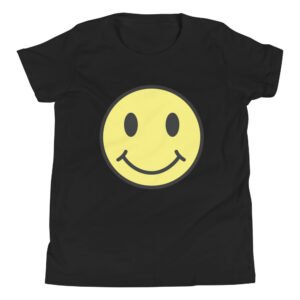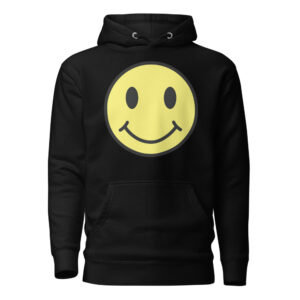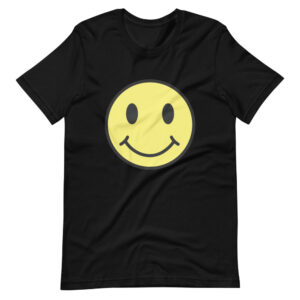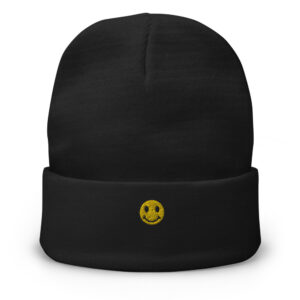The Lasting Impact of Streetwear on Style
Streetwear has gone from a niche subculture to one of the most dominant forces in fashion today. What started as a movement tied to skateboarding, hip-hop, and surf culture has evolved into a multi-billion-dollar industry influencing everything from luxury fashion to mainstream retail. With exclusive drops, high-profile collaborations, and a constantly shifting aesthetic, streetwear continues to shape how people dress across the world.
The Origins of Streetwear
Streetwear’s roots can be traced back to the late 1970s and early 1980s, emerging from the underground scenes of Los Angeles and New York. The movement was shaped by several subcultures, including skateboarding, hip-hop, graffiti, and punk.
- Skateboarding and Surf Culture: Brands like Stüssy started as small businesses catering to surfers and skaters, offering graphic T-shirts and relaxed styles that fit their laid-back lifestyles.
- Hip-Hop Influence: In cities like New York, hip-hop artists and breakdancers embraced oversized clothing, bold colors, and statement sneakers. This aesthetic soon became a defining characteristic of streetwear.
- DIY and Counterculture: Streetwear was also about individuality. Independent brands and designers created their own looks, often inspired by underground movements, Japanese fashion, and urban life.
By the late 1980s, brands like Supreme, A Bathing Ape, and FUBU had begun shaping what would become the modern streetwear industry.
The 1990s: The Rise of Streetwear Brands
By the 1990s, streetwear had begun evolving into a distinct fashion movement. Supreme, founded in 1994 as a small skate shop in New York, quickly gained a cult following by releasing limited-edition drops that created a sense of exclusivity. A Bathing Ape emerged in Japan, bringing a bold and playful approach to streetwear with its iconic camouflage patterns.
Hip-hop fashion also gained traction during this era, with brands like FUBU and Rocawear catering to the music industry and its fans. Sneakers became an essential part of streetwear, with the Air Jordan line growing in popularity and fueling a new wave of sneaker culture. Limited releases and collaborations turned sneakers into status symbols, setting the foundation for the resale market that would explode in the following decades.
How Sneaker Culture Shaped Streetwear
The early 2000s saw sneaker culture take center stage in the world of streetwear. What was once just a part of the movement became a defining element. Sneaker releases became cultural events, with fans lining up for hours—sometimes days—for the latest drops from brands like Nike, Adidas, and Reebok.
The resale market grew alongside this craze, creating a secondary economy where limited-edition sneakers were flipped for thousands of dollars. Online forums and social media platforms amplified the hype, making sneaker collecting a mainstream obsession. Streetwear brands capitalized on this demand by collaborating with major sneaker companies, further cementing the connection between footwear and fashion.
The Luxury Fashion Crossover
For years, streetwear existed outside the world of high fashion. However, in the 2010s, everything changed. Luxury brands began to embrace streetwear, blurring the lines between casual and couture.
Some of the most significant moments include:
- Supreme x Louis Vuitton (2017): This collaboration between the streetwear giant and the luxury fashion house marked a major shift in how high-end brands approached streetwear.
- Off-White and Virgil Abloh’s Influence: Off-White founder Virgil Abloh helped bridge the gap between streetwear and high fashion, eventually becoming the artistic director of Louis Vuitton’s menswear.
- Balenciaga’s Oversized Aesthetic: Balenciaga embraced streetwear-inspired silhouettes, making oversized hoodies, chunky sneakers, and logo-heavy designs high fashion staples.
Social Media and the Power of Hype
The 2010s saw a shift in how streetwear brands marketed their products. Traditional advertising took a backseat as brands relied on hype-driven marketing, fueled by social media and influencer culture. Limited-edition releases, often called “drops”, created a sense of exclusivity, making consumers feel like they were part of an elite group if they managed to purchase a rare item.
Instagram and TikTok became essential platforms for showcasing streetwear. Fashion influencers and celebrities would post their outfits, making certain pieces go viral almost overnight. This new digital landscape changed the way streetwear brands operated, allowing smaller labels to gain instant exposure without traditional retail stores or advertising campaigns.
The Role of Sustainability in Streetwear’s Future
As streetwear continues to dominate global fashion, concerns about sustainability have grown. Many streetwear brands have relied on limited drops and synthetic materials, leading to increased waste and environmental impact. However, a new wave of eco-conscious brands is emerging, offering sustainable alternatives while maintaining the exclusivity and creativity that define streetwear.
Brands like Pangaia and Noah are leading the way, using recycled materials and ethical production methods to create streetwear with a lower carbon footprint. At the same time, major brands like Adidas and Nike have introduced sustainable sneaker lines, recognizing the demand for more responsible fashion choices.
The Future of Streetwear: What’s Next?
Streetwear continues to evolve, adapting to new trends and cultural shifts. Sustainability has become a growing focus, with brands exploring eco-friendly materials and ethical production practices.
Despite its mainstream success, streetwear has retained its connection to youth culture, individuality, and self-expression. Whether through sneakers, oversized silhouettes, or bold graphic designs, streetwear remains a reflection of the people who wear it—constantly evolving but never losing its edge.


